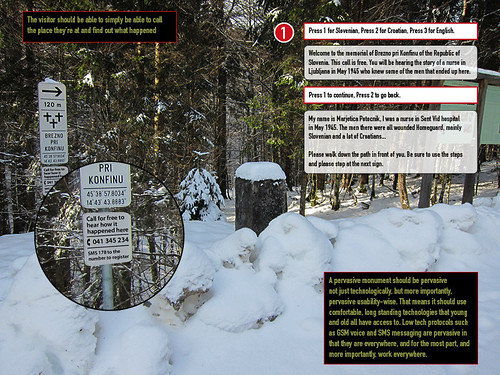Phone calls and Big Promises
“So what are you up to today?” asks curious fellow designer person.
“Oh, you know, a little genocide in the morning, a lot of emailing people that probably don’t care, and then I have to do expenses,” I respond.
The curious fellow designer person usually responds with an uneasy silence and a quick change of the subject.
So this is pretty much how things go with a project that has been nothing but an uphill battle emotionally, mentally and even morally for very little reward since 2006 when it was just a school project. That’s also when I swore to someone on his deathbed that I would do it. That’s it plain and simple – I’m doing what I can to make this project real, not only because its the right thing to do, but because I swore to a dying man that I would.
Design is a lot of times an unkept promise. Nine times out of ten you don’t make it real, because, well, real to a lot of people isn’t very exciting. The company has too much to lose, or the managers just need to make HQ happy, so they say a lot of stuff that will never happen and then call it design. To make something real, to keep that promise that this thing that looks like this will be a reality for you, you have to make compromises. Often times, you have to make it less fancy, less awesome high-tech, and it really does pain me to use this word, less sexy. For Spomenik, what was initially thought of as some high-fallutin’, ubiquitous computing spectacle seems to have become something pretty damn simple. This is not only okay, this is pretty damn good, because we get to keep our promise. We’re figuring out that you can really make something that works everywhere. You can basically recreate these tragic events in the woods extremely cheaply and effectively by just giving a mass grave site a phone number.

By calling our project Pervasive Monuments we’re making a promise. We’re making a promise that this thing will work as good or better than a bunch of concrete and steel plopped down on a hunk of land. Spomenik has to work with 80 year old ex-guerrillas, diaspora communities scattered across four continents with truckloads and decades of resent, school kids as well as in the remote forests of a small central European country. Working is something that this thing has to do. That’s the promise that a monument makes – that you can take part in history, in remembrance, and in commemoration. A monument makes a promise it will be there, and that it will work.
